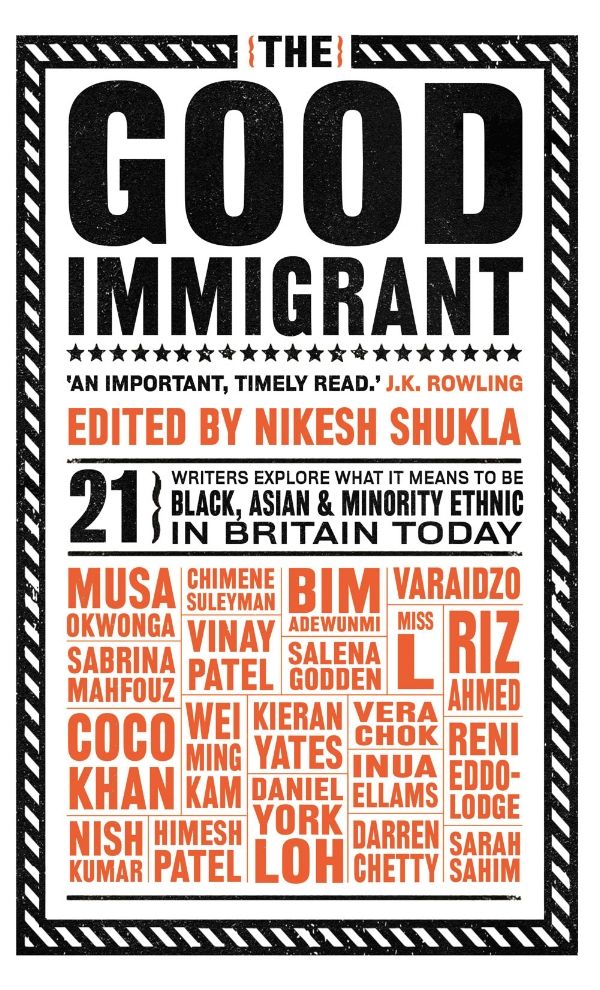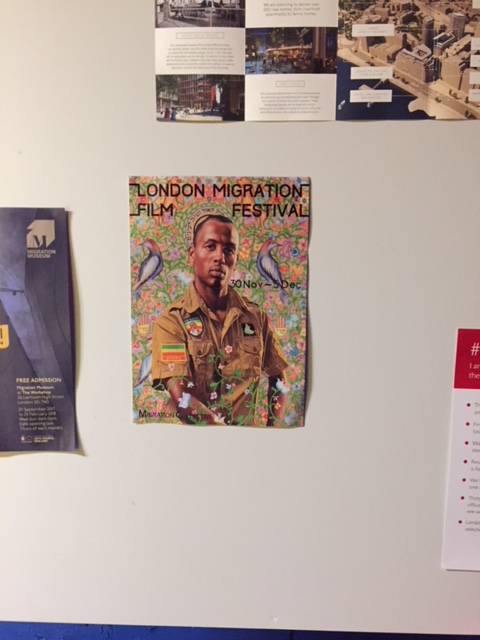
A Review of the Opening Night 2017
Well, the Mayor’s slogan is” London is Open” and the opening night of the film festival on Thurdsday, 30th November, really showed that. It was held in an old fire station which, of course, is not heated and it was freezing. This did not deter Londoners, there must have easily been about 500 people there.

It showed how Londoners think about the issues of migration. The Migration Collective who organised the event said they wanted to change the narrative from thinking about migrants as enemies or victims to people who have interesting stories to tell. We agree at TogetherintheUk, as we also want to discover and share people’s insights. The Migration Collective also showed humility – they thought that maybe they would have 50 people to the opening night and here it was, a packed out fire station with long queues for really delicious food. The wonderful international food was prepared and served by Welcome Kitchen. http://welcomepresents.com/ Check out their monthly events.
Other stalls at the event included Tern – this is an organisation supporting entrepreneurial refugees make their dreams come true (http://www.wearetern.org/ TERN is currently open to new applicants for their programmes. and Threadable. https://www.etsy.com/uk/search/clothing?q=threadable
The entertainment also showed an enormous amount of thought about what it is like to come here and make a life here in the UK, the Phosporous Theatre presented a live drama about a refugee learning how to shop, to live in a centre with others – rules about the fridge as well as the challenging process of gaining a right to stay. A physical dance theatre put on a theatrical piece about human trafficking. Brilliant and very sad. And finally, there was a film, a door opened to the bedroom of 4 different immigrants who sat on their beds and talked about immigration. The one insight that stands out is from a South American man who said that back home, he could call out to women in the street, ’you’re beautiful’ and he says, certainly not here, a comment like that is met with hostility.
I am definitely looking forward to next year’s, I learnt how deeply many different artforms are thinking about immigration and how interested London is, in creating understanding.
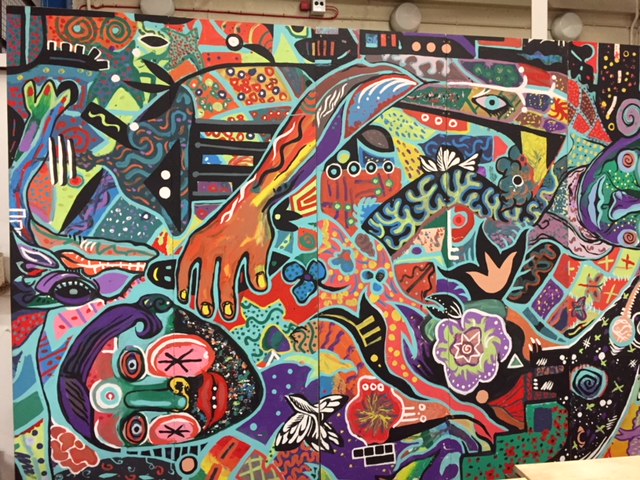
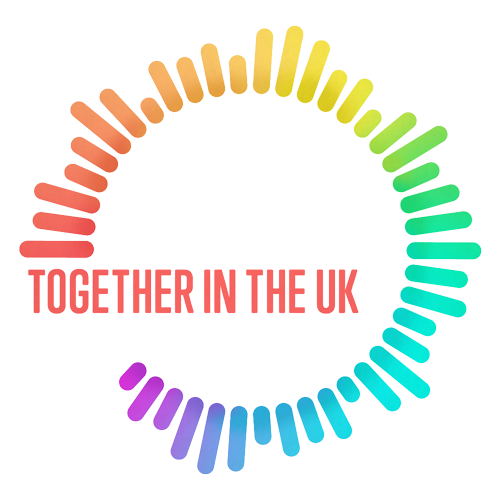

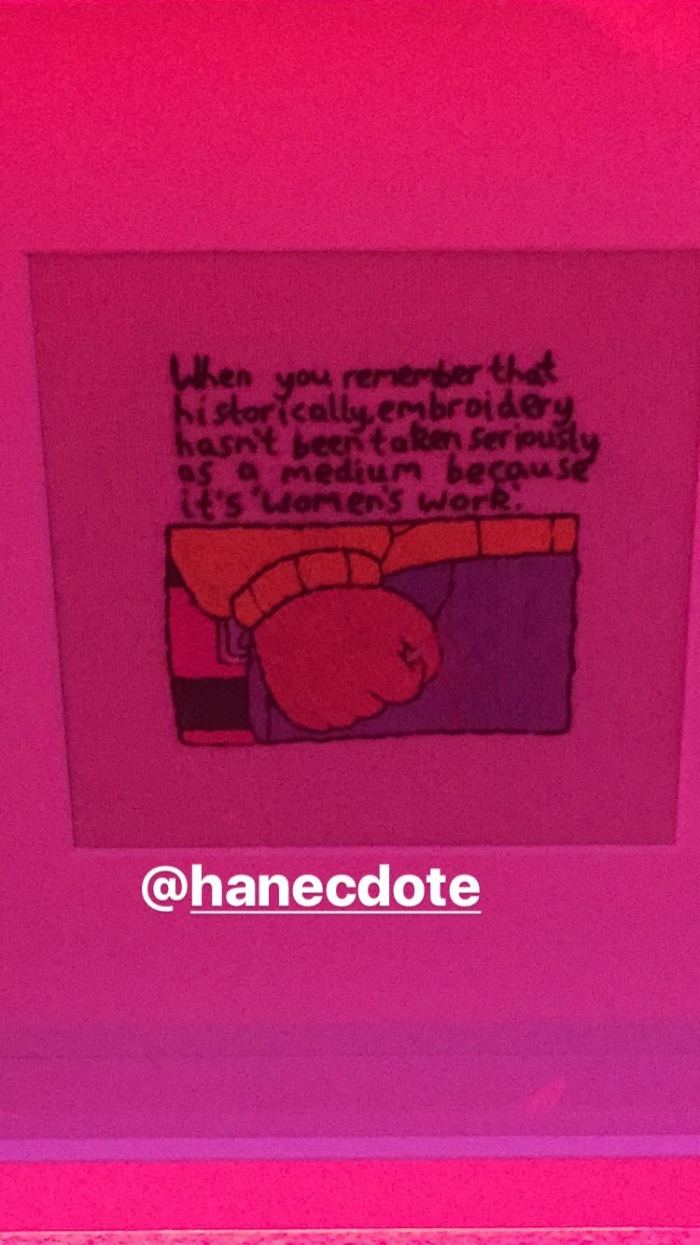 At TogetherintheUK, we aim to show different aspects of life in the UK and one of the very joyful aspects is the arts scene. Many towns have their own art galleries, often either giving an insight into history or showing some fantastic, modern art. In this blog, Kosta shares his excitement at coming across some radical art at the Protein Gallery in Shoreditch, London.
At TogetherintheUK, we aim to show different aspects of life in the UK and one of the very joyful aspects is the arts scene. Many towns have their own art galleries, often either giving an insight into history or showing some fantastic, modern art. In this blog, Kosta shares his excitement at coming across some radical art at the Protein Gallery in Shoreditch, London.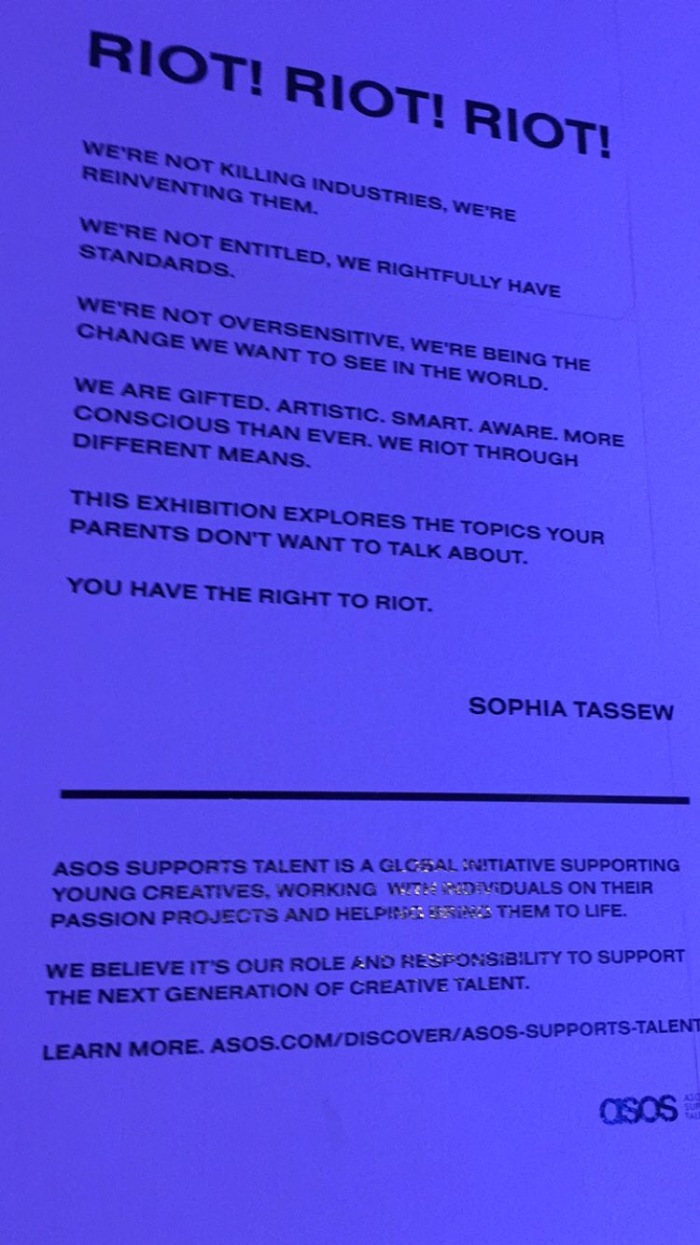
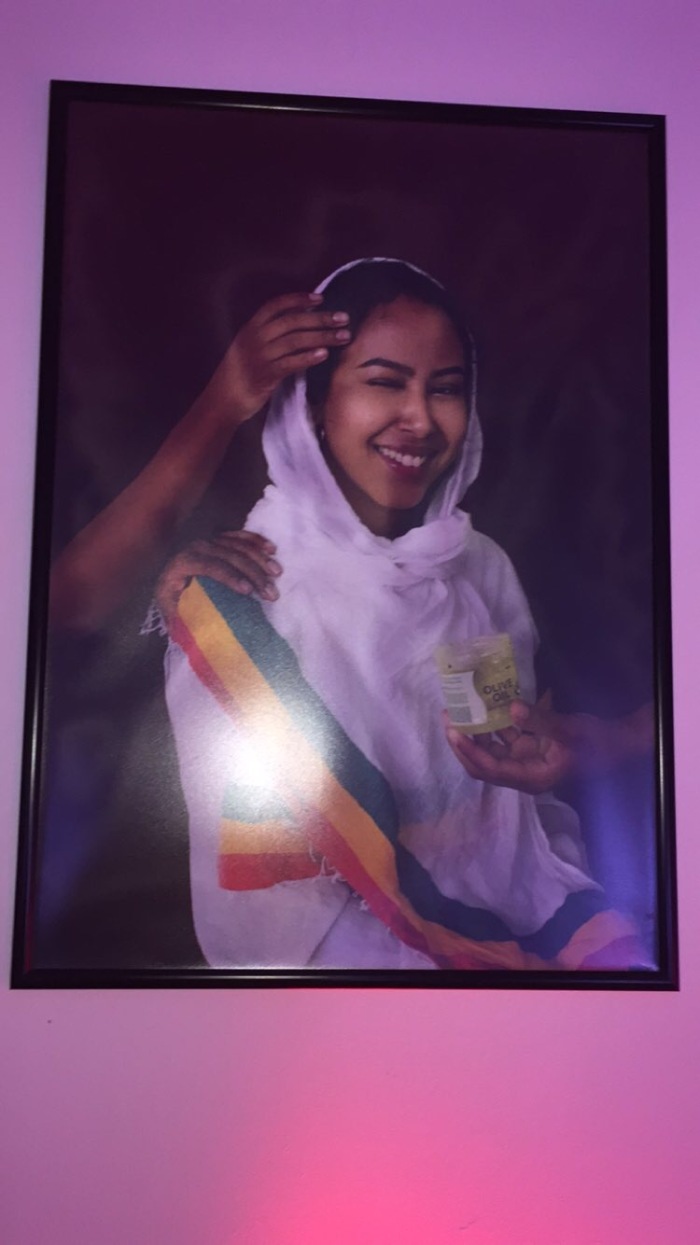
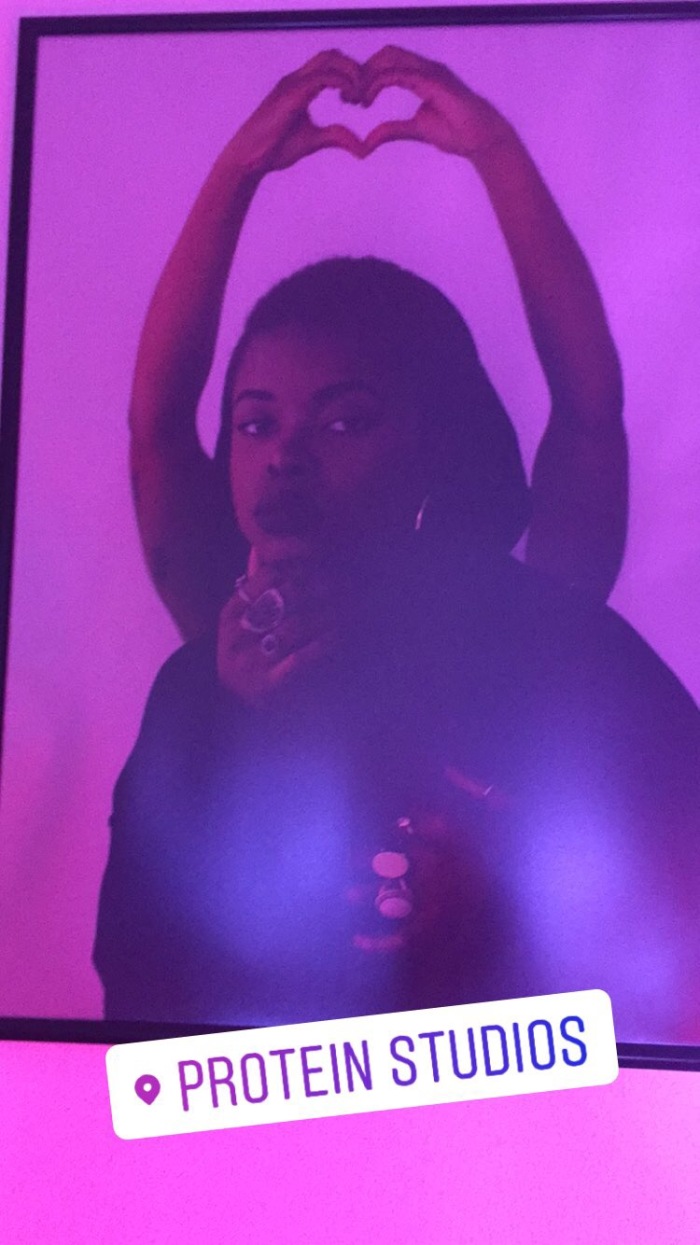

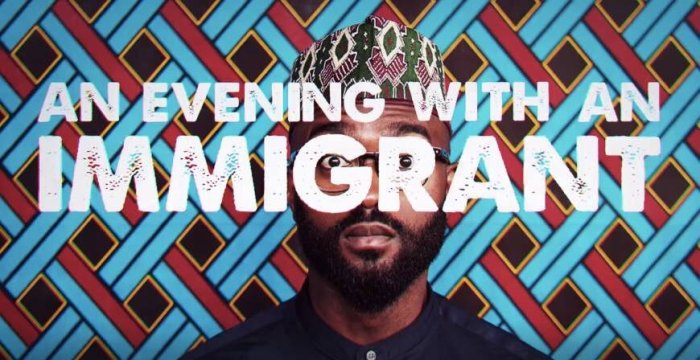 At TogetherintheUK, we continue to discover and celebrate the creativity that can come with moving countries, as well as acknowledging the challenges. In this blog, Shola Jones shares her excitement at hearing Inua Ellams talk about his experience. He is touring the UK with the show so check out the links at the end of the review to see if you can catch the show.
At TogetherintheUK, we continue to discover and celebrate the creativity that can come with moving countries, as well as acknowledging the challenges. In this blog, Shola Jones shares her excitement at hearing Inua Ellams talk about his experience. He is touring the UK with the show so check out the links at the end of the review to see if you can catch the show.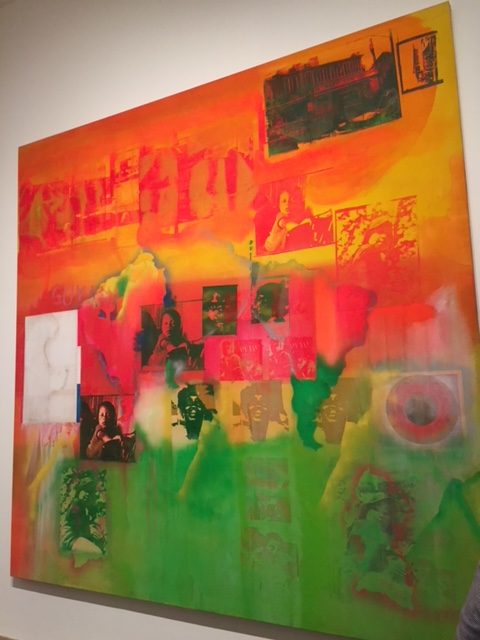
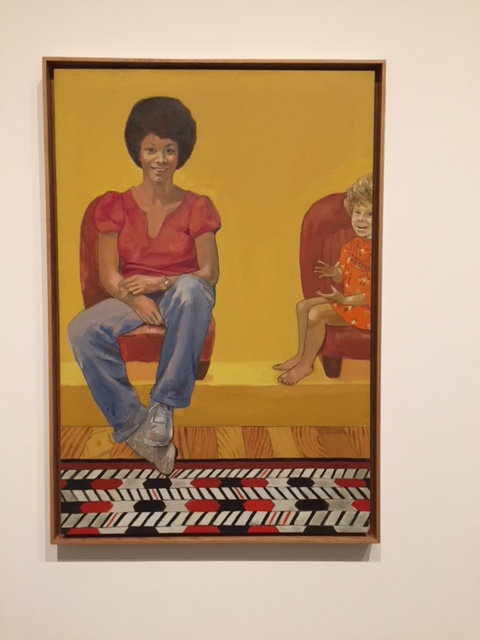
 Supporting TogetherintheUK
Supporting TogetherintheUK

